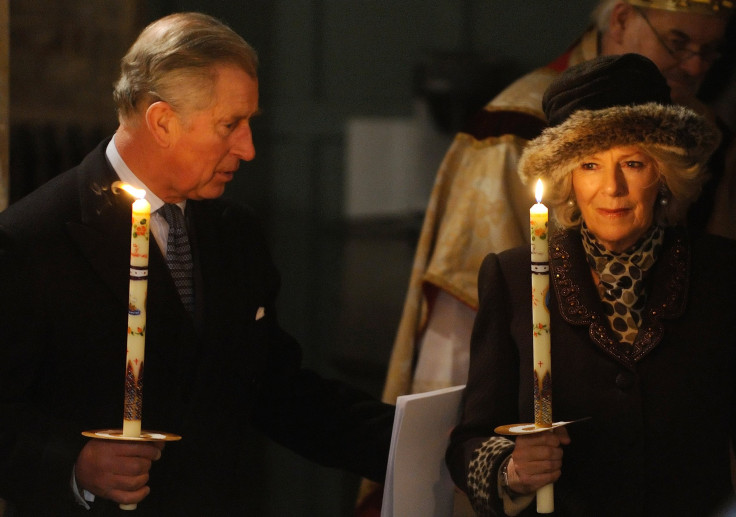Candlemas 2018: Facts, History, Food, Traditions Of The Feast Of The Purification

Friday marks the Christian holiday Candlemas, or Día de La Candelaria, which is celebrated 40 days after Dec. 25. This ancient festival marks the midpoint of winter, halfway between the winter solstice and spring equinox.
It is a traditional Christian festival, which commemorates the ritual purification of Mary, 40 days after the birth of her son Jesus. It also marks the ritual presentation of baby Jesus to god in the temple at Jerusalem. In pre-Christian times this day was known as the “Feast of Lights” and celebrated the increasing strength of the life-giving sun as winter gave way to spring.
Candlemas Day also has other names, one is the “Presentation of Christ in the Temple.” The other is the “Purification of the Blessed Virgin Mary.”
In America, February 2nd is known as Groundhog Day. In France, Belgium and the French-speaking areas of Switzerland, this day is known as La Chandeleur and is a day to make crepes. The shape and color of the crepe, or pancake, whichever is made is said to resemble the sun, which relates to the dawning of spring after winter.
However, in Mexico, tamales are eaten on Candlemas, or, as it is called there, Día de Candelaria, during big celebrations with family and friends.

The name “Candlemas” came from the ritual where Christians would bring their candles to church to be blessed. Feb.2 came to be called Candlemas as it was the day of the year when all the candles, that are to be used in the church during the coming year are blessed, so it was the Festival Day or “mass” of the candles. As a result, many observers also place their candles in their windows at home on the night of Candlemas.
Candlemas used to be a pagan festival of light and thus the name also relates to elements of paganism. For pagans, this day is known as the Festival of Lights, or “Imbolc,” marking the midway point of winter, halfway between the winter solstice and the spring equinox.
For Romans, it has been a custom to light candles in order to scare away evil spirits on the dark winter nights.

There are superstitions surrounding this festival too. For instance, it was believed that if a candle drips on one side while being carried in church on Candlemas, it would denote the death of a family member during the year.
Another superstition that people believe is that if someone brings snowdrops into the house on Candlemas Day it signifies a parting or death.
People believed that Candlemas predicted the weather for the rest of the winter. The weather proverbs for this day express the idea that a sunny Candlemas Day means that there is more winter to come, while a cloudy day meant that winter is over.
"If Candlemas Day be fair and bright
Winter will have another fight.
If Candlemas Day brings cloud and rain,
Winter won’t come again.
If Candlemas Day be dry and fair,
The half o the winter’s to come and mair;
If Candlemas Day be wet and foul,
The half o the winter’s gane at Yule."
© Copyright IBTimes 2024. All rights reserved.






















